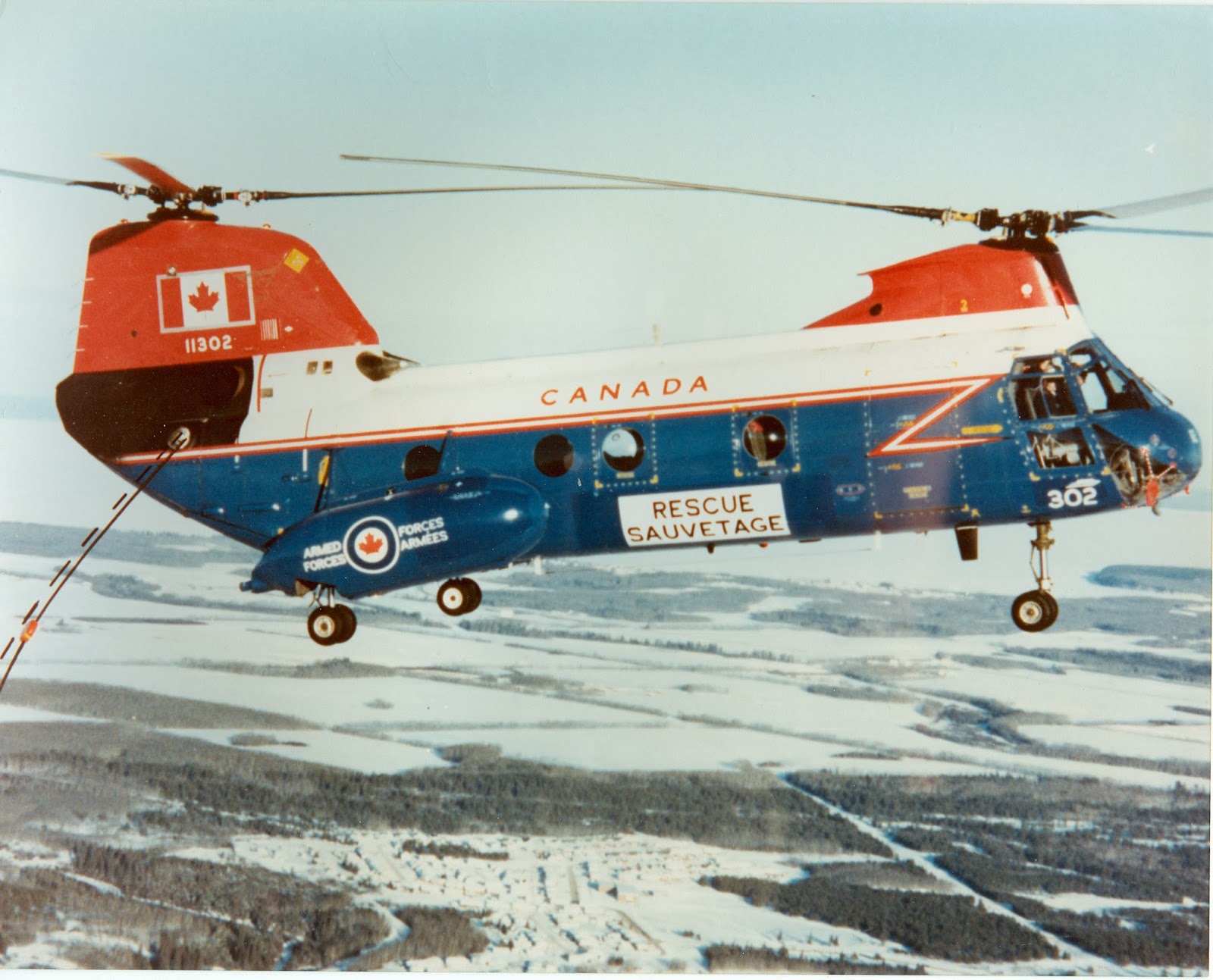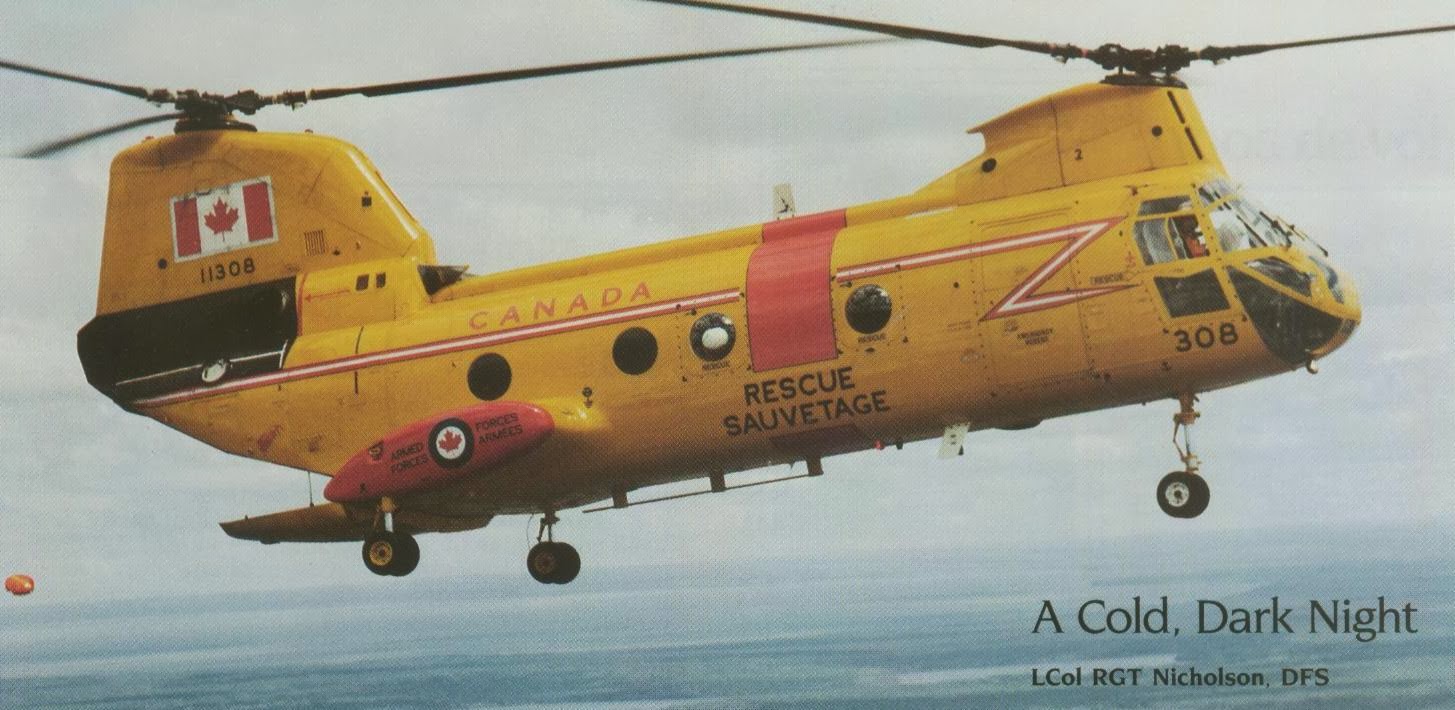Odds and Ends - do the little things make a difference?
50 Posts and 10,200 visitors to a site that was as much a search to find information and pictures to help me make better Canadian H-46s is a much greater outcome than I envisioned or hoped for, so a big thank you to those who share the modeling bug and want or need this information. So much more information and pictures than the modest beginning to this endeavour suggested was possible, again thank you for your support.Don't let the warm fuzzy talk fool you though... this is not the end of the blog, far from it. As the opening phase comes to a close, you can look forward to more, however the approach will change from a discussion that essentially was about the 113 and 113A fleet from purchase to retirement, the new direction will focus on individual airframes. The new direction will, as best as I can take the reader through a pictorial chronology of each aircraft from purchase and evolution through the major modifications we have discussed previously and finish with each airframe as it existed at retirement. The next phase will include in depth analysis as many known pictures as I can access.
While I want to know as much about a helicopter family in Canadian military livery I have a personal connection to, it is not the way I model. There are however the purist and the accuracy geek who want to be as accurate as is humanly possible to achieve in their chosen scale. This post will push the purist and accuracy nut as far as I think possible in available scales.
Doors - Emergency access handles
As an aviation enthusiast, I have become
used to seeing emergency door handles painted with yellow and black stripes, so
it came as a surprise to me to find, while pouring over pictures, that red
white and blue Labradors had red door handles for quite a time. The Labs while in the tri-colour livery were
displaying the Canadian flag before door handles were painted with black and
yellow stripes. Some pictures that I hope show this small and ultra subtle point. Voyageurs on the other hand have always had black and yellow striped emergency access handles.
Photo - DND
The best picture I have seen showing the red emergency access handle on the copilot's emergency escape door. It is difficult to see in this post, but this photo is on the Internet and should be easy to find in a size that clearly shows the red handle. DND photo.
In the original picture 401 has the red emergency access handles on the copilot doors by it does not appear that the left side emergency hatch as red handles.
Pat Martin photo - It appears the handles on the pilot emergency access and the dutch doors are all red. Note that the numbers of 404 are black.
While it is difficult to make out the emergency access handle almost directly above Derek Heye's head, it is clear that the handle is not read as is found on earlier Labradors. The sharp eyed reader may not be able to make out the black and yellow stripes of the emergency handle on the pilots emergency access, but the silver of the lock can be seen.
301 In the picture above taken by Jeff Wilson gives the reader a good look at the black and yellow striped pilot's emergency access handle. Note that the entire handle is painted including the lock in the middle of the handle. 301 Has been consigned to museum duty after retirement.
Picture by Scott Hemsley
The right front dutch doors with yellow and black striped emergency access handles. As a point of note, the tiny crash axe on the front upper portion of the lower dutch door is something I had not noticed before and to the best of my knowledge not common. For those that have not already figured it out, this is a 113A Voyageur airframe...the give away is the small access panel in front of the lower dutch door. Photo is by Scott Hemsley.
Left side view of the black and yellow striped emergency access handle of 301. Even if we did not know this was 301, we would recognize that the airframe is a Labrador by the fact the emergency access is rectangular and the handle versus the door seal strip of the Voaygeur.
An obscure detail, but interesting in that it demonstrates the variability of livery detail if nothing else.


















.jpg)


































.jpg)

_1.jpg)

.jpg)


